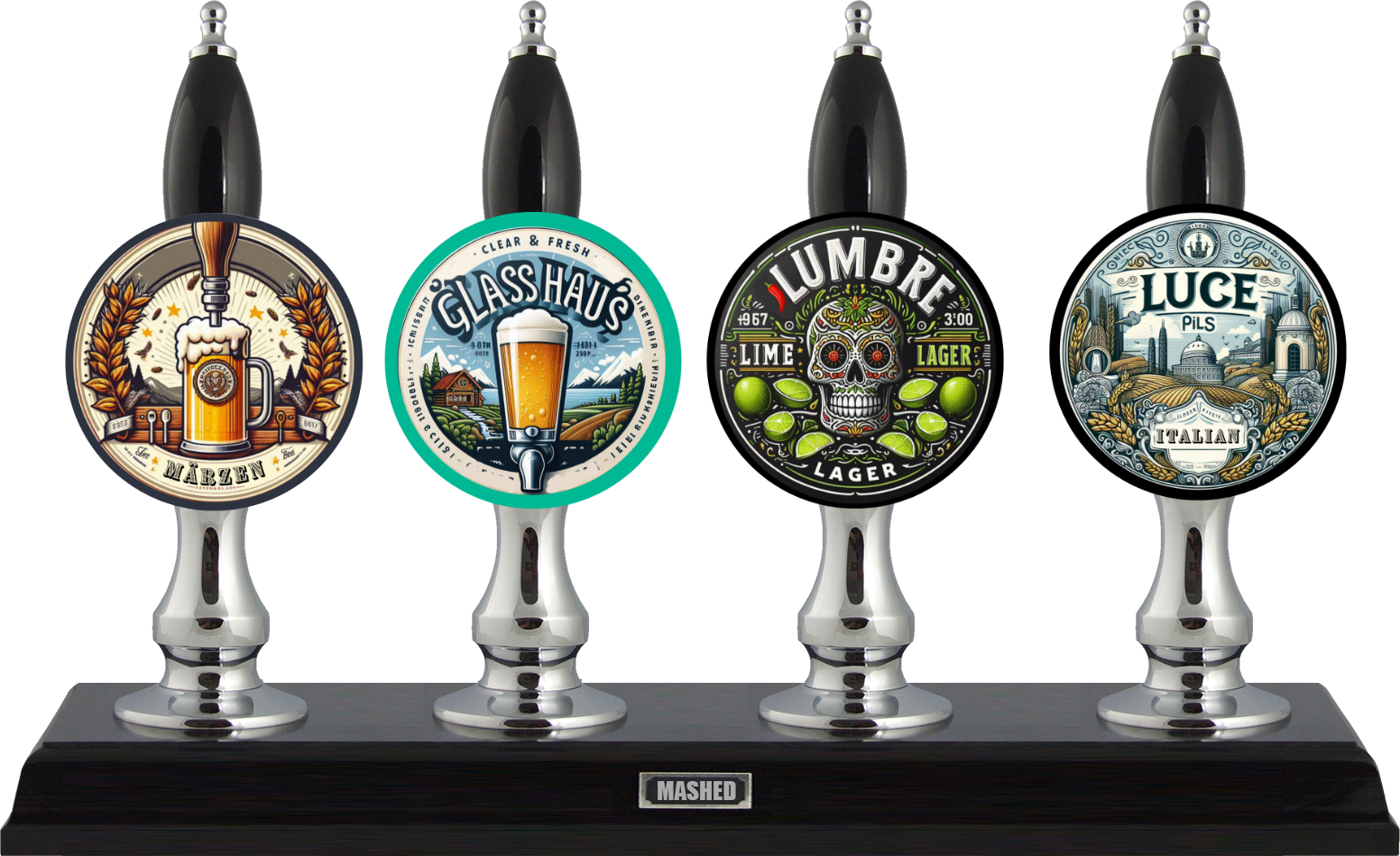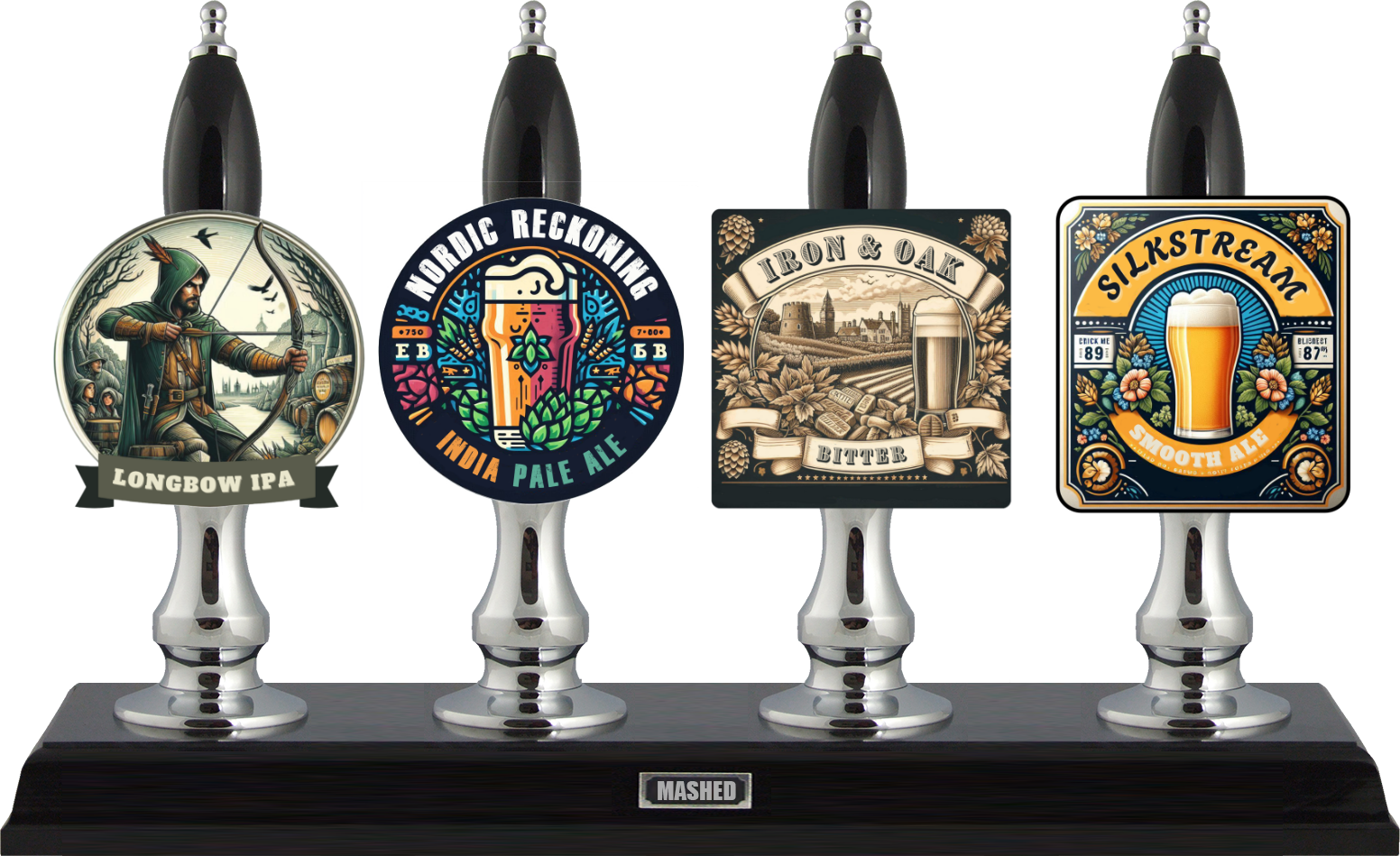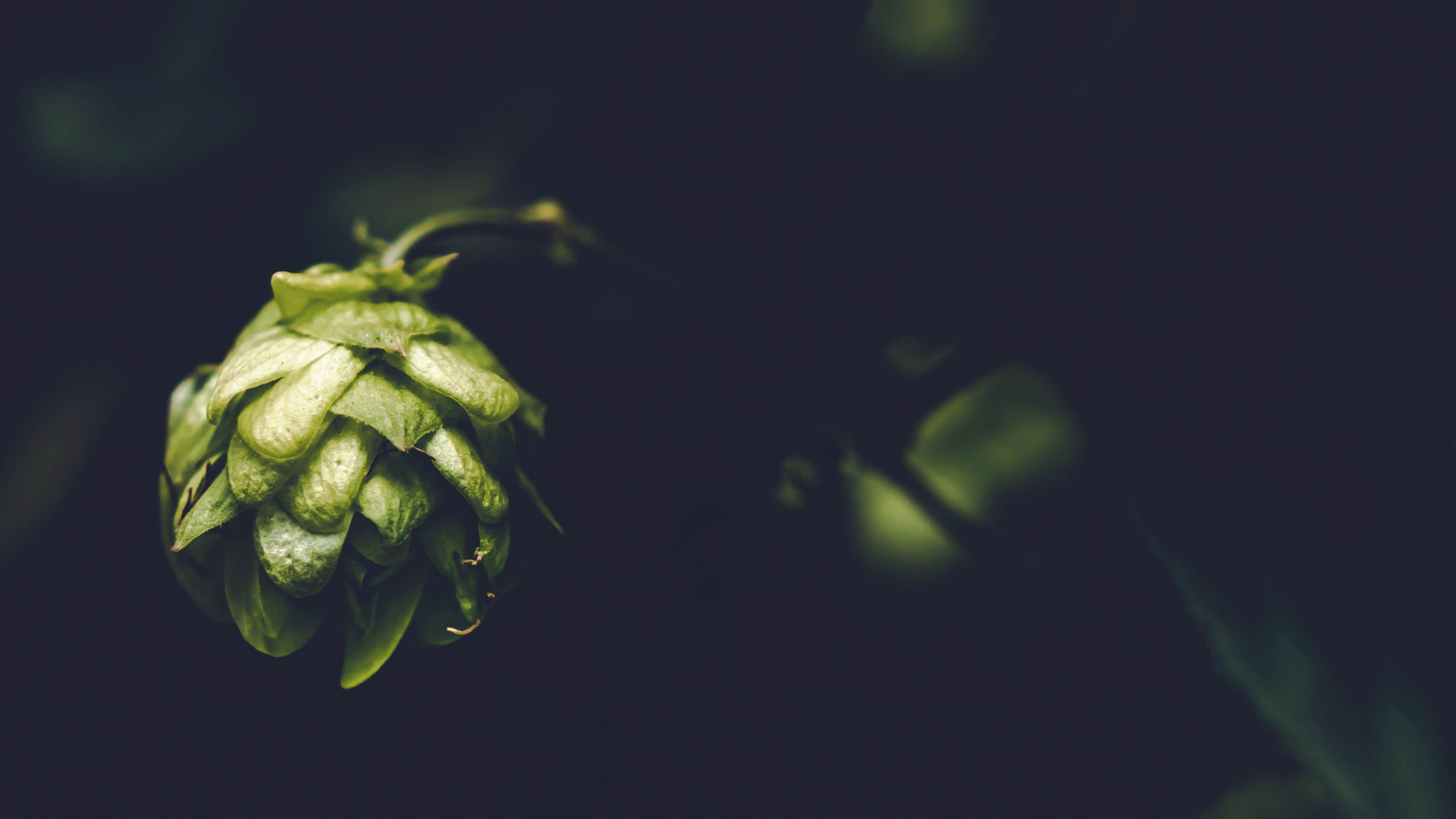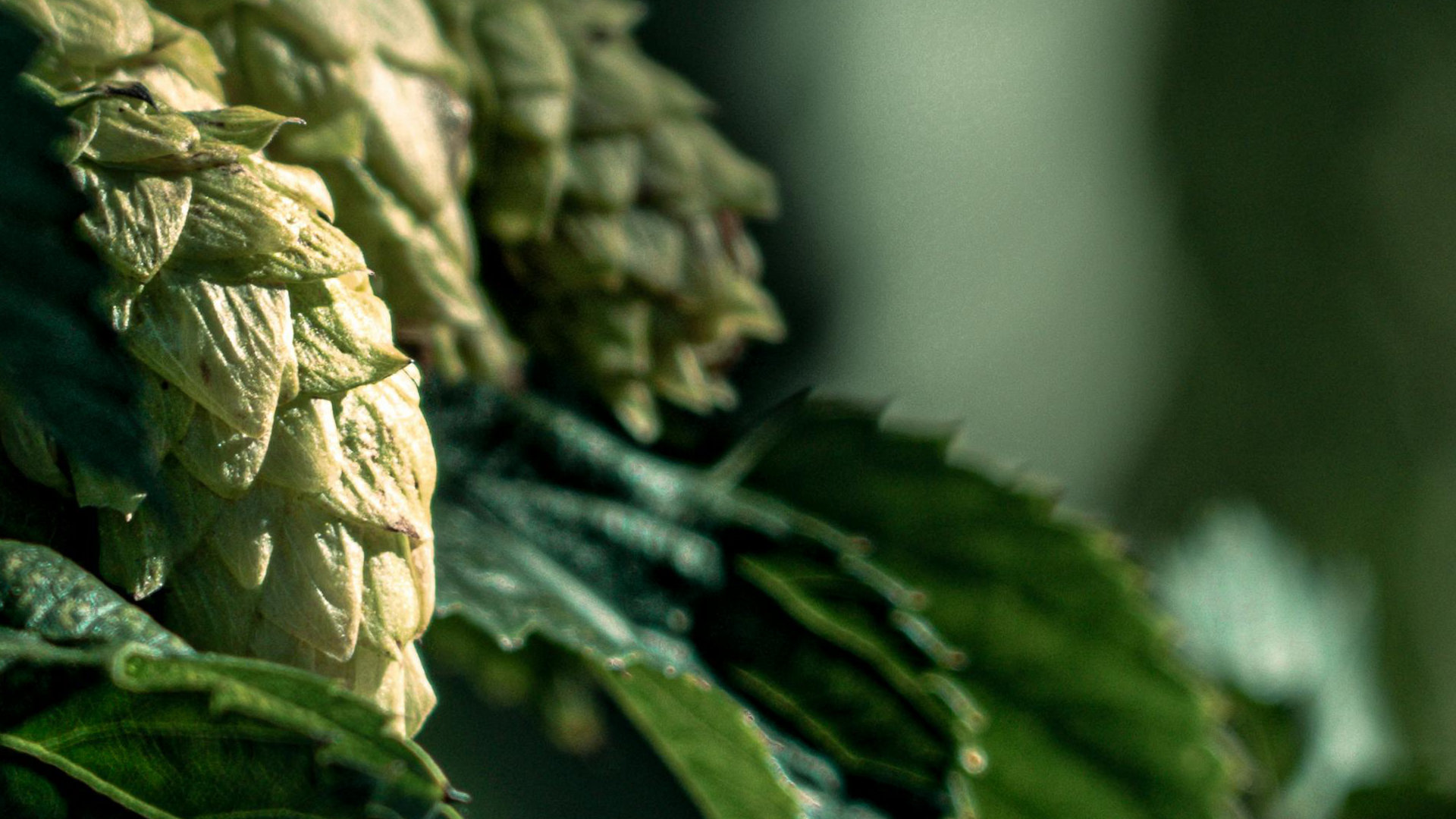The world of hops is extraordinarily weird and wonderful. Hop seeds are genetically extremely diverse so plants’ offspring can give rise to new and unexpressed aromas that are very distinct from their parents’. This diversity has given us the varieties we’re familiar with, the new, the unusual, the ones to never grow again, and the ones that have faded away. There are three fascinating snippets of information that add some context to this before we get to the meat of this piece.
LOCALISM AND HOPS
As importers of hops from nine different countries, we at Charles Faram are unlikely to deliberately stop or reduce imports to the UK of hops from elsewhere. These are incredible ingredients that brewers want to use, and we’re here to help with what you need. But localism as an issue with hops is real, and has some systemic points that aren’t just ideological but are about logistics and choice. I’ll get on to the UK and threats to our heritage hop industry, but let’s start with our Czech growers.
 Something in the region of 90% or more of Czech hops are Saaz. It’s a fabulous variety and has contributed to so many lagers, made both there and around the world. It’s rightfully on a high pedestal and we hope it remains so. However, all of these hops have to be harvested in a very narrow window, as they ripen at broadly the same time from farm to farm. Whereas more varied plantings can be harvested more easily over a slightly longer period. This gives us two issues:Â
First is the operation of taking in those hops, processing, drying and packing them. A broadening of varieties planted in the Czech Republic would give our grower partners more logistical room to play with at harvest time. We’re working on just that with the introduction of Most™ (moss-t rather than m-oast; it means bridge): a beautiful aroma hop with stand-out notes of strawberry and bubblegum that brews very cleanly. We feel it will become a key ingredient in highly-hopped beers and more. Both brewers and our Czech growers have loved working with our new variety, and there will be more to follow. Expect to see commercial volumes of Most™ available in 2024/25 (hop-breeding is a long game!)
Second is choice. If the bulk of Czech brewers’ choice of hops is Saaz then the reliance on imports for new and hoppy beer styles goes up, partly through necessity and not just because of the pleasure of free choice. Again, we don’t want to curtail the choice of Czech brewers; instead we want to expand upon it with new, different, locally-grown and delicious hops.
How the world’s growth and use of hops has changed, and how it affects the UK
In 2011 the USA had 12,000 hectares of hopyards. By 2021 that figure rose to over 25,000 hectares (there’s now a suggestion that plantings have grown a little too fast). In the same years, German plantings grew from 18,000 hectares to over 20,000. In the UK, however, there was a drop from over 1,100 hectares to around 650 hectares. As the UK includes a great share of proud and happy beer drinkers, this means a reduction in choice for UK brewers. And reflects the impact of two things:
First is where people drink beer in the UK today, and how much. The struggles of UK pubs have been written about for decades, and recent years have accelerated that for obvious reasons. The reduction in pub drinkers coupled with the understandable reluctance of many landlords to carry too many cask beers - with their higher risk of wastage - has pushed consumption towards cans, bottles and kegs, proportionally more of which rely on bigger, imported hop flavours than many cask beers. This has dented the need for traditional, cask-friendly UK varieties of hops, leading to a number of UK growers reducing their acreage or ceasing to grow hops entirely. Some of our growers are in their fifth, sixth or even seventh generation of hop farmers and so a piece of our history, and our future opportunities for innovation, are at stake.
Second is the changing styles of beer. With a focus on bigger, brighter, and tropical, fruity flavours, historically best-known as coming from the USA, Australia and New Zealand. Hence, use of those hops has dramatically increased in the UK. However, this is the same argument we had with the growth in sales of ‘New World wines’, and the more recent rise in English and Welsh wine production where quality, choice and consistency have skyrocketed. UK hops have done the same. The use of those imported varieties isn’t morally or inherently wrong. It’s an opportunity.
Hop Development
We started the Charles Faram Hop Development Programme in 2009. Its massive, challenging and dramatically important goals include:
Broadening grower, brewer and drinker choices in hops.
Cutting the usual time to cultivate a new variety commercially from 15 years to 5.
To innovate, challenge and compete in this very collaborative industry, and drive quality across the board.
We’re now doing this in five countries: the USA, UK, Poland, Czech Republic, and Slovenia. And we’d like you to be a part of it.
Jester® and Godiva®
Putting a spotlight on two of the varieties in the programme, Jester® (grapefruit, blackcurrant) and Godiva® (tangerine, white grape), we should first celebrate their mere existence. Each year we plant around 15,000 seedlings; the disease screenings they’re subjected to reduces that number down drastically. Only one of those might ever become a commercial variety, after a huge range of tests and trials. These plants have to grow well enough to give a profitable yield for the cost of labour, grow healthily enough to reduce the need for pesticides, grow independently enough to reduce the reliance on fertiliser and, critically, to bring something special to a beer. We even consider and select for drought-resistance in a changing world. The timeline for this is as follows:
YEAR 0 Create variety crosses
YEAR 1 Raising seeds and initial disease screening
YEAR 2 Aroma & disease assessment & selection, initial brew trial. Venture propagating for all promising selections
YEAR 3 Propagation of plots &Â further disease screening
YEAR 4 Larger scale brewing trials, further propagation for favoured plots
YEAR 5 Planting on farms
Jester® (released 2013) is a seedling of Cascade, which is itself the offspring of a Fuggle-type derived from Russian Serebrianker hops. It’s a healthy, resistant plant and has some of those dank, forward flavours found in the USA, but selected for its suitability to the UK climate. It’s an excellent American IPA variety, but also performs well as a bright, citrussy cask hop and does well in some lagers.
Godiva® (released 2016) is a daughter of Jester®, but displays very differently in aroma and also in the plant: the bine has very few leaves, grows proudly and offers distinctive flavours. We’ve found it to work exceptionally well as a hoppy lager variety and in pale ales, or even hoppier styles.
Read more: charlesfaram.co.ukÂ
Follow on social media: @charlesfaramÂ
We hope that you enjoy using these hops and that we can share more of their relatives and successors in the years to come.



.jpg)







